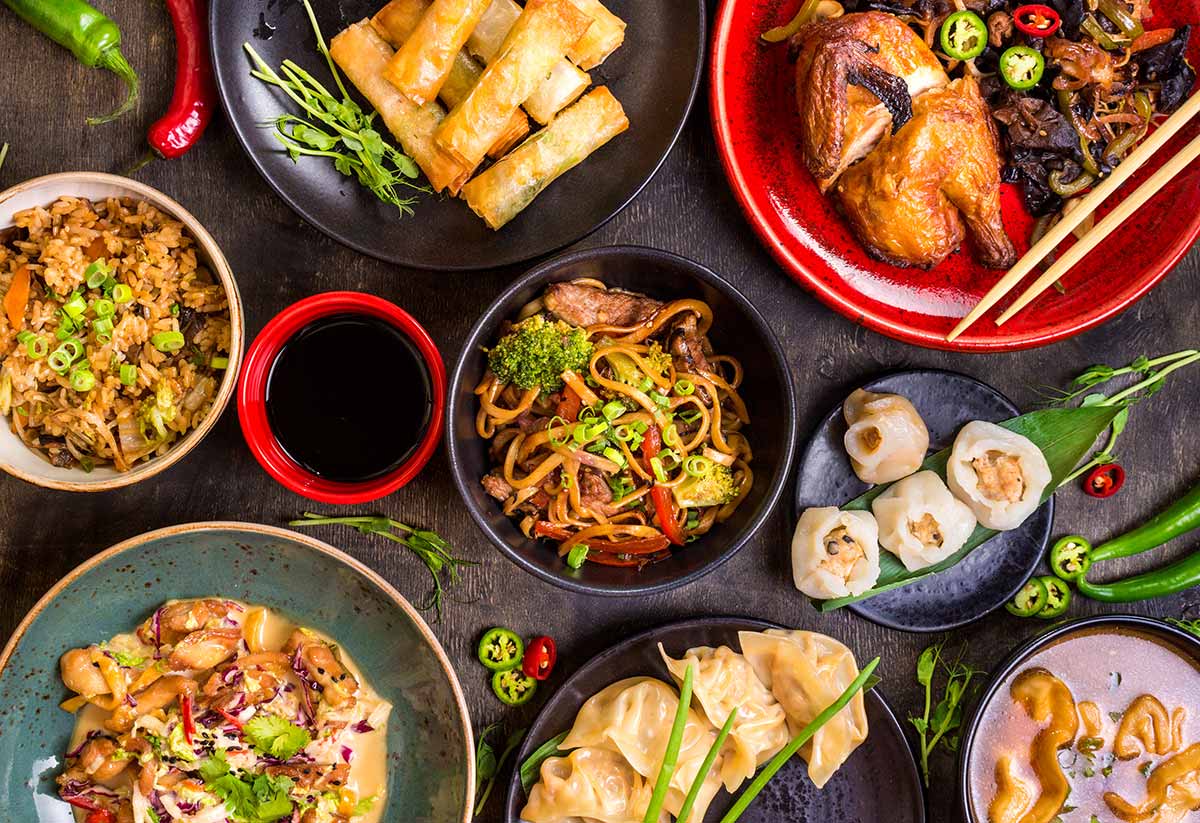When Chef Gordon Ramsay hosted a preview for his Asian-stimulated London restaurant Lucky Cat in April, he knew the evening was “heat, humming & exquisite.” But Angela Hui, a British meals writer, felt in any other case.
In her article on the food website Eater London and an Instagram story, Hui, who is of Chinese descent, lamented the menu lumping together diverse Asian cuisines, the shortage of Asian staffers or guests, and what she perceived as the head chef’s scant revel in with Asian meals. “It changed into nothing if not an actual-life Ramsay kitchen nightmare,” she wrote, pointing out culturally ignorant names on the menu, like “White Geisha” cocktails. But after the booklet, Hui confronted a torrent of racist abuse on social media. Ramsay, the writer of the award-triumphing collection Kitchen Nightmares, additionally weighed in on Instagram, calling her posts “derogatory and offensive.” (TIME repeatedly attempted to contact Gordon Ramsay Restaurants; however, no reaction was obtained.)

Chinese meals have been served out of scrappy basement joints, lunch bins, and regal eating rooms and cooked through striving immigrant moms and millionaire restaurateurs alike. But in current years, debates surrounding the delicacies have intensified, with allegations of cultural appropriation, insensitivity, and oversensitivity forged from all facets. The Lucky Cat flare-up followed recent firestorms surrounding Chinese or pan-Asian eating places, with white owners accused of being culturally insensitive. Earlier in April, a New York City restaurant, Lucky Lee’s, became the target of public fury for purporting to provide “smooth” Chinese food. And in December, tv chef Andrew Zimmern had to walk returned feedback about Chinese meals within the Midwest being served in “horseshit eating places,” promoting his chain, Lucky Cricket.
For Hui, the narratives around cultural appropriation have regularly lacked nuance. “The question of whether or not white people can cook dinner Chinese food is completely lacking the factor,” Hui says. “Instead, it’s about respecting it.”
As debates about authenticity rage, important questions emerge: Why is this verbal exchange often around Chinese cuisine? And why now?
While Chinese food is tied up in personal identification for many, the conversation’s cutting-edge depth is partly rooted in a history of viewing Chinese cuisine as cheap and dirty. When the U.S. Congress handed the Immigration and Naturalization Act of 1965, you. S . ‘s immigration quota device was abolished. As a result, a wave of operating-class Chinese immigrants–many of them Cantonese– started to arrive inside the United States, establishing upslews of low-finance eating places. Because a few eating places operated on tight budgets in dense metropolis centers, Chinese meals became visible to many as unsanitary or worth little more than a brief bite.
Around the same time, precipitated by land reforms in the former British colony of Hong Kong, many agricultural workers from the island were drawn to the U.K. In search of the latest lives. A long time later, mainland China’s great migration started because of the People’s Republic’s cozy emigration restrictions. In towns like London, Liverpool, Birmingham, and Bristol, Chinese communities of significant length installation stores and food establishments create global-renowned Chinatowns and Chinese Quarters. A 1985 survey indicated that ninety% % of employed Chinese human beings in Britain labored in the catering enterprise. By 2001, a predicted 12,000 Chinese takeaways and three 000 Chinese eating places worked inside the U.K.
“The early Chinese eating places in the West have been opened by bad immigrants who had not been educated chefs and were simply seeking to make a living,” Fuchsia Dunlop, a British writer specializing in Chinese cuisine, tells TIME. But Chinese food has become famous as a smooth dinner choice, mainly in urban centers; the cuisine became a source of team spirit and derision in TV shows like “Seinfeld” and “Friends.” In the 90s’, white Western restaurateurs, spotting an opportunity, began to open up their Asian eating places—like Stephen Starr’s Buddakan in New York, Philadelphia, and Atlantic City, Jean-Georges’ Vong in New York, and Noah Tepperberg’s Tao in Las Vegas —that sought to elevate the unpretentious cuisine’s fees and nice. “It became this horny element,” says Filipino-American chef Dale Talde, who labored at Buddakan and Vong early in his profession.
While some of the one’s restaurants had been criticized for exoticizing Asian cultures, whole with Buddha statues and purple lanterns, they played two crucial roles: to create a pipeline for Asian chefs and cooks like Talde to make high-level food and to shift the general belief of Asian delicacies. “Whether or not they made cash off the backs of Asian tradition, they helped display that it wasn’t just $5.95 for a bowl of soup,” Talde says. Talde also points to Asian-American chefs from the 80s and 90s, like Martin Yan and Roy Choi, who served as a concept for a brand new iconoclastic era, including himself, Danny Bowien, David Chang, and Eddie Huang. These irreverent and media-savvy cooks emerged as uncompromising cultural forces within the 2000s, starting up their eating places that remodeled Chinese cuisine in numerous and mind-blowing directions.


